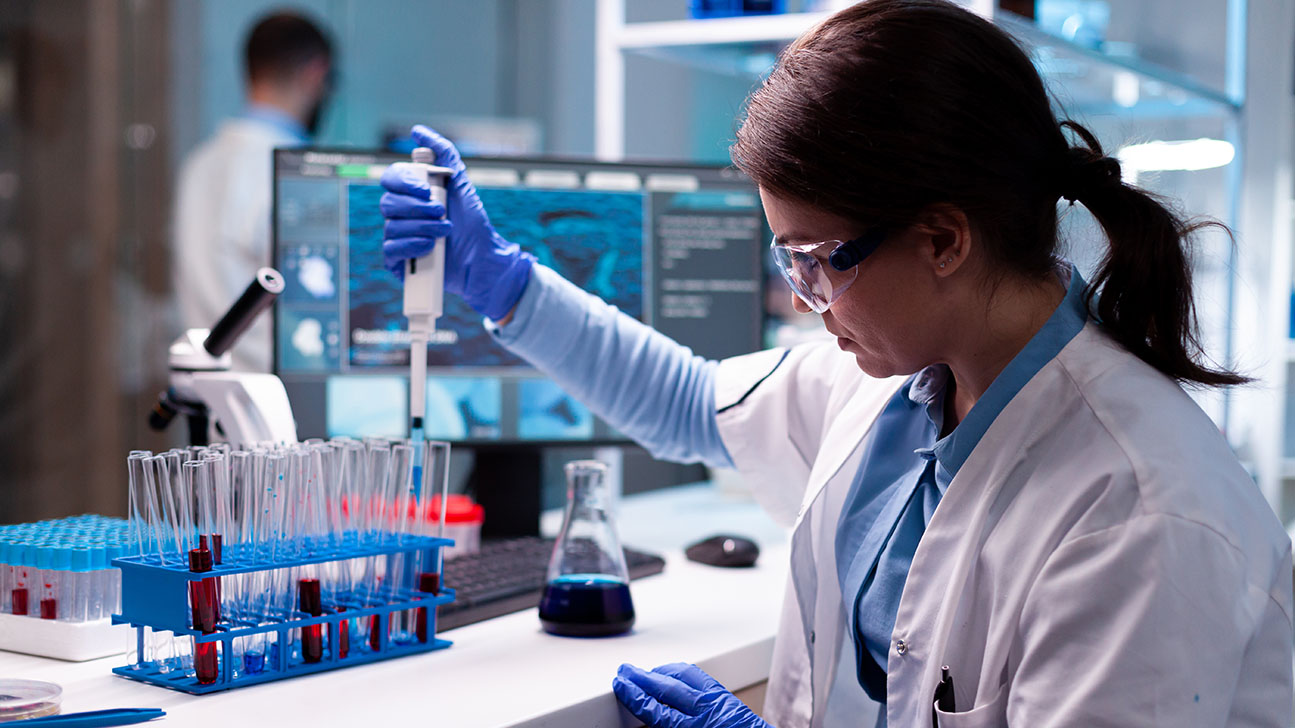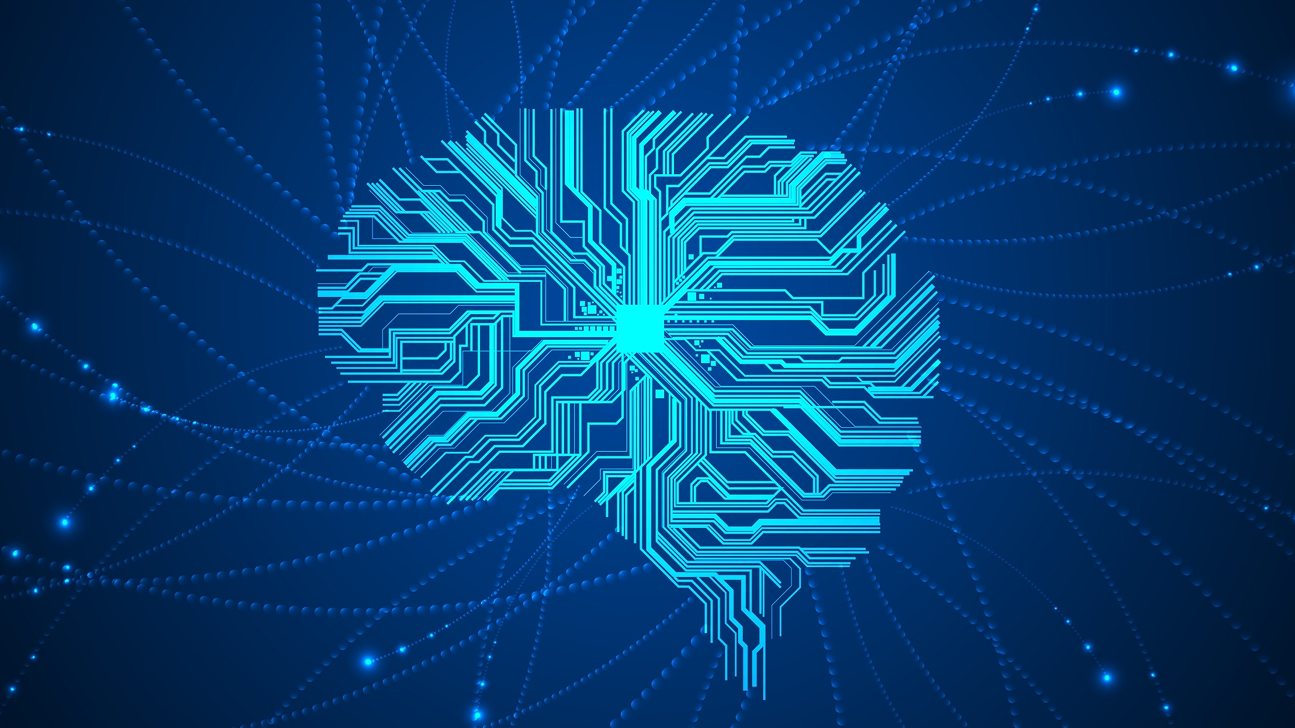Understanding cause and effect in biology
Friday, February 02, 2024

There are many problems in the world that are difficult to solve. Gaining a deeper understanding of biology in the effort to improve human health might be at the top of the list.
Kun Zhang, professor of machine learning, acting chair of machine learning, and director of the Center for Integrative Artificial Intelligence at MBZUAI, believes that artificial intelligence has the potential to play a significant role in helping scientists develop the next generation of medicines that may help us live longer, healthier lives.
But it is no easy task. “A great deal of effort should be put into making the world better by discovering new information about the universe,” Zhang said.

Professor Kun Zhang
Zhang aims to develop machines that can discover hidden entities that matter and predict the relationship between cause and effect, or causality, as the concept is described in the sciences, from what we can observe or measure. The goal is to understand how one state or event leads to another and whether there exist hidden forces for that, and it’s a fundamental concern of disciplines ranging from economics to epidemiology.
Causality is important to biology as well. If scientists had a more precise understanding of the relationship between cause and effect, they may be able to generate insights that could result in the development of medicines that could prevent certain diseases from progressing — or perhaps from ever happening at all.
This sets the field apart from others, Zhang said: “In many respects, there is an intrinsic difference between the life sciences and other domains, in that the goal is to be able to understand a disease state or the cause of a particular health condition in order to change it.”
A solid foundation (model)
Zhang is working with colleagues to build what is known as a foundation model for biology. A foundation model is a large, machine-learning driven application that is trained with huge and diverse sets of data. They are characterized by their breadth and ability across a wide range of tasks. Foundation models are multimodal, meaning that they can process and identify relationships in different kinds of information, such as text, images, and datasets. They can also be adapted, or fine-tuned, for specific applications, making them highly versatile for a variety of tasks.
For example, OpenAI’s GPT-4 is a foundation model that is adept at processing human languages, like English. But Zhang envisions a foundation model for biology that can provide deeper insights. Its purpose would be nothing less than accelerating scientific discovery.
“We want to be able to give scientists the ability to understand the causes of health problems, how these can be treated, and how they might be brought about or influenced by the environment,” Zhang said.
Biology is more complex than a domain like human language, Zhang said, because it is harder to gain and exploit causal explanations of dependent relations in biology, while in language “meaning is often a direct function of what we say.” A foundation model in biology would need to be able to distinguish the relations and effects involving processes like natural selection and evolution.
Zhang believes that a first version of a biology foundation model could be developed in the next few years.
“We are in the process of building first generation of a biological foundation model by making use of the data we have,” Zhang said. “The goal is that we will be able to generate hypotheses with it and in the future, we will be able to aggregate more and better data to make inferences about our health.”
Zhang is also interested to apply machine-learning techniques to other domains as well. One project relates to attention deficit hyperactivity disorder (ADHD) in children, which is a condition that is characterized by inattention, hyperactivity, and impulsiveness. Children with ADHD often struggle to focus on tasks and activities. The inability to focus can make it difficult for kids with ADHD in social situations as well.
Zhang and colleagues are studying how children with the condition respond to stimuli by playing custom-made video games. They believe the approach will provide insights about ADHD and perhaps even help develop new ways to treat it.
Other areas of research include using machine learning to provide insights into human psychology and in finance to help illuminate hidden patterns in data.
“Healthcare is a perfect domain for AI to make a difference and an area where it can create value for human beings,” Zhang said.
A better future
Zhang has ambitious expectations for artificial intelligence and the role it can play to improve human lives. But he is concerned with the current trajectory of the field, particularly with the way machine-learning algorithms are being used in social media and in media to provide people with content recommendations that mold their perception of the world.
“These companies have the power to reshape society and they should be transparent about what they are trying to achieve, about their processes and how they benefit from users,” Zhang said.
Zhang also believes that there needs to be a conversation about how large corporations train their AI systems on data that has been produced by people without compensating them.
An important consideration for Zhang is intention. Many machine-learning tools have been applied to fields like marketing and advertising and determine the user experience on social media platform, creating a kind of imbalance between tech companies and the people who interact with their tools.
“If we are being exploited by these companies, how can we maintain our independence?” he asks.
“AI companies must treat users as subjects with a future. They have to care about the dimension of the future when they are deploying any AI tool.”
- zhang ,
- research ,
- healthcare ,
- causality ,
Related
Causality meets reality: CausalVerse gives AI a harder, fairer test
A new benchmark from MBZUAI blends realism with ground truth – revealing how well causal models understand.....
- causal representation learning ,
- benchmark ,
- variables ,
- causality ,
- neurips ,
- conference ,
- research ,
New synthetic-image detector focuses on what makes real images real
MBZUAI's Mingming Gong explains how the ConV system identifies AI-generated images without relying on training data from.....
- conference ,
- fake ,
- detectors ,
- images ,
- neurips ,
- research ,
- machine learning ,
What reinforcement learning can teach language models about reasoning
GURU, a new benchmark from the Institute of Foundation Models at MBZUAI, exposes the uneven ways reasoning.....
Read More

